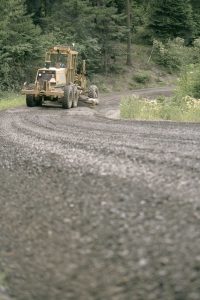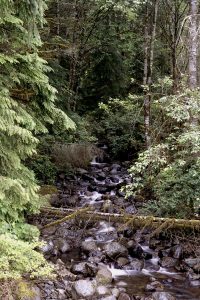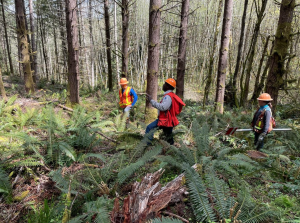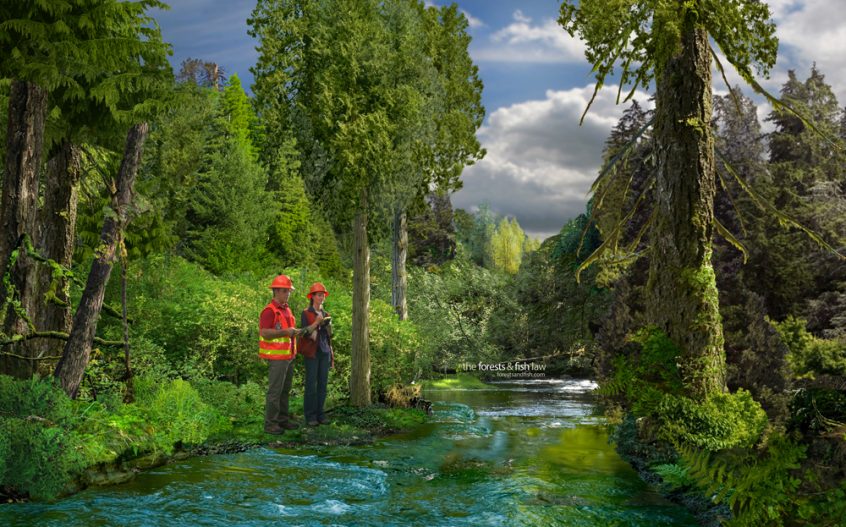Washington’s forest practices regulations have evolved since the Forest Practices Act (FPA) was introduced in 1974. The goal of the FPA has been to ensure sustainable forest management that balances timber harvesting with the protection of the environment. Over the years, the state has refined its compliance efforts, shifting from addressing complaints to proactive monitoring, focused on both education and clear standards. The Forests & Fish Law provides a framework for the state’s forest practices guidelines. Forest practice rules dictate all forest practices activities, including timber harvests and forest road construction.
The 2022-2023 Compliance Monitoring Report from Washington’s Department of Natural Resources (DNR) reveals encouraging news regarding the state’s forest practices. With an overall high compliance rate, the report highlights the positive trend of improving forest management in Washington, underscoring a commitment to balancing environmental stewardship with sustainable forestry.
Here are the key highlights:
- 99.5% compliance in managing road prescriptions, showing that forest roads are generally built and maintained with minimal impact to the environment.
- 97.3% compliance for non-forested wetlands and 98.4% compliance for non-fish perennial streams, underscoring the effective management of these sensitive ecosystems.
- An overall upward trend in compliance over the past decade, indicating that both forest professionals and landowners are adopting best practices.

One of the most notable achievements is the roads prescription, which achieved an impressive 99.5% compliance rate. This high level of adherence demonstrates how effectively forest roads are being managed to minimize their impact on the environment. Similarly, non-forested wetlands and non-fish perennial streams also saw strong compliance, with rates of 97.3% and 98.4%, respectively. These results reflect Washington’s commitment to upholding the integrity of its natural resources.
 However, there are areas where improvements can be made. The report identified fish-associated wetlands as an area of learning opportunity because wetlands appear to be a confusing section of the forest practices rules. More targeted training and education for landowners and forest professionals will be essential. The report highlights that unstable slopes are primarily assessed for FPA compliance. In 2023, CMP reviewed the potentially unstable slopes prescription at 26 statewide sites, achieving a 96.1% FPA compliance rate with only three deviations out of 76 documentation questions. To address these issues, the DNR plans to improve training and develop more comprehensive guidelines moving forward.
However, there are areas where improvements can be made. The report identified fish-associated wetlands as an area of learning opportunity because wetlands appear to be a confusing section of the forest practices rules. More targeted training and education for landowners and forest professionals will be essential. The report highlights that unstable slopes are primarily assessed for FPA compliance. In 2023, CMP reviewed the potentially unstable slopes prescription at 26 statewide sites, achieving a 96.1% FPA compliance rate with only three deviations out of 76 documentation questions. To address these issues, the DNR plans to improve training and develop more comprehensive guidelines moving forward.
Wetlands compliance also remains a focal point for improvement. Although some progress has been made, DNR will expand its efforts to monitor wetlands and enhance understanding of best practices in their management.
 The state’s forest practices rules are predicated on the Forests and Fish agreement approved by the legislature and signed into law by Gov. Gary Locke in 1999. In addition to instituting one of the most robust forest practices guidelines in the nation, the historic Forests & Fish Law also established an adaptive management process for providing science-based recommendations and technical information for the Forest Practices Board as it reviewed the efficacy of rules and adjusting them based on scientific need. To date, the Forest Practices Board has made very few rule changes, in part because of the compliance monitoring efforts which determines whether Forest Practices rules are being implemented on the ground.
The state’s forest practices rules are predicated on the Forests and Fish agreement approved by the legislature and signed into law by Gov. Gary Locke in 1999. In addition to instituting one of the most robust forest practices guidelines in the nation, the historic Forests & Fish Law also established an adaptive management process for providing science-based recommendations and technical information for the Forest Practices Board as it reviewed the efficacy of rules and adjusting them based on scientific need. To date, the Forest Practices Board has made very few rule changes, in part because of the compliance monitoring efforts which determines whether Forest Practices rules are being implemented on the ground.
In sum, Washington’s forest practices compliance system is performing well, with high rates of adherence to key regulations. The state’s commitment to education, monitoring, and refinement of practices is helping to keep forests sustainable while minimizing environmental impact.
Photo courtesy of DNR
